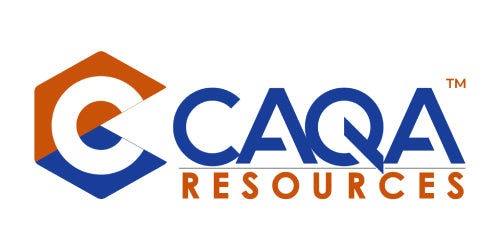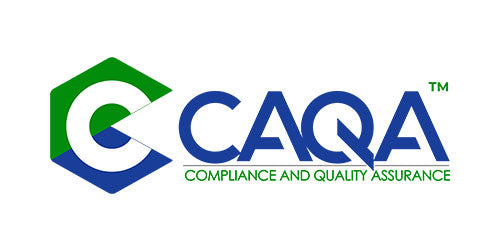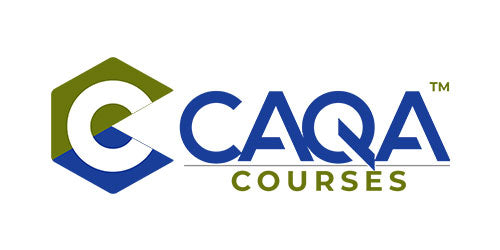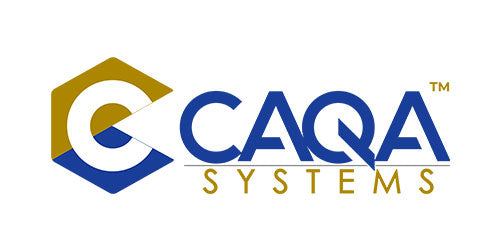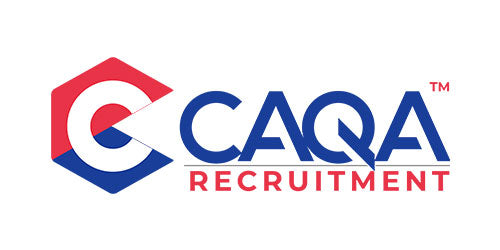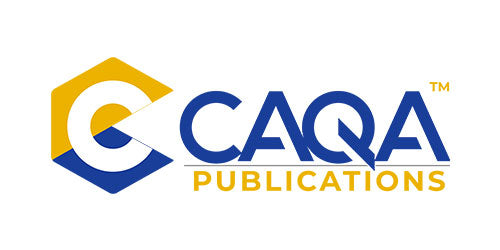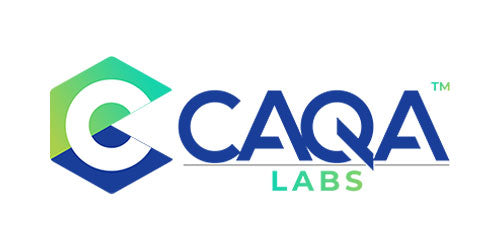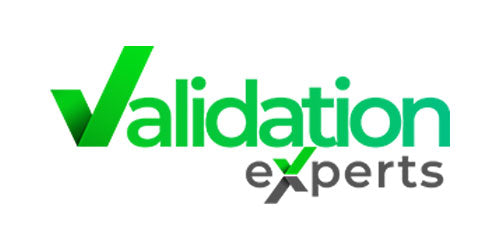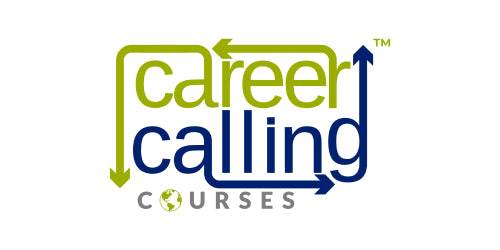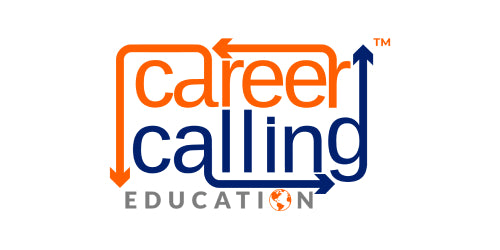Rules of evidence
The Rules of Evidence in vocational education and training (VET) assessments are designed to maintain high standards of quality and rigour in evaluating a student’s competency. They closely align with the Principles of Assessment—Fairness, Flexibility, Validity, and Reliability.
An easy way to remember these rules is:
“I need something valid
like a current driver's licence
sufficient money for rent and
an authentic friend.”
Validity
What do RTOs do to ensure validity?
- Covering a wide range of skills and knowledge.
- Integrating the assessment of knowledge and skills with their application.
- Ensuring assessments don't omit or go beyond what is required by the unit of competency.
Sufficiency
How do RTOs ensure Sufficiency?
- Establishing standards based on industry requirements.
- Using checklists and observations, and considering various forms of evidence.
- Training and assessment must focus on quality, quantity, and relevance.
Authenticity
How do RTOs ensure Authenticity?
- Employing plagiarism checks.
- Using signed declarations from learners.
- Utilising technologies like live-webcam proctoring during assessments.
Currency
How do RTOs ensure Currency?
- Updating assessments in line with industry trends and standards.
- The evidence must be from the recent past or present, as defined by the industry.
FAQs:
1. What are the Rules of Evidence in assessment?
The Rules of Evidence include Validity, Sufficiency, Authenticity, and Currency.
2. Why are the Rules of Evidence important in assessment?
They ensure that assessments are of high quality, rigorous, and lead to reliable outcomes. They also ensure that assessments remain fair and transparent.
3. What is the difference between validity and reliability in assessment?
Validity ensures that the assessment measures what it is intended to measure, while Reliability ensures consistency in the assessment outcomes irrespective of who conducts the assessment.
4. What are some examples of evidence that can be collected during assessment?
Evidence can be collected in multiple forms such as written tests, observations, portfolios, oral interviews, videos, simulations, etc.
5. What is the role of the assessor in ensuring compliance with the Rules of Evidence?
The assessor is responsible for ensuring that the evidence collected meets all the Rules of Evidence. They must be well-versed in these rules and capable of applying them rigorously.
Observing these Rules of Evidence helps maintain the integrity of vocational education, ensuring that learners are truly competent in the skills and knowledge they are being assessed for. Therefore, both RTOs and assessors must be diligent in applying these rules during the assessment process.
Suggested Read: Principles of Assessment in Vocational Education and Training (VET)


















